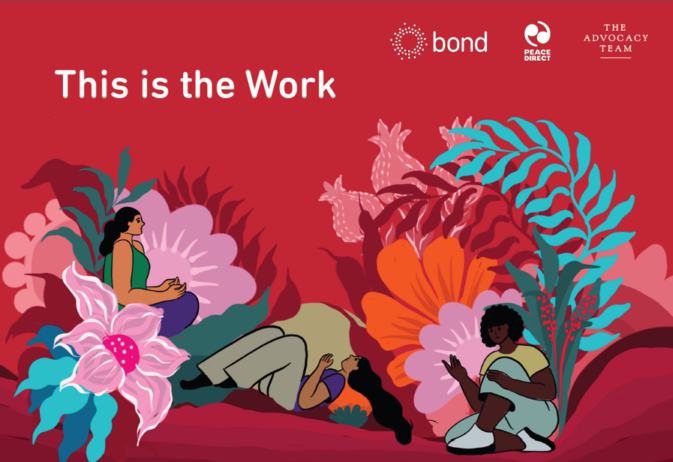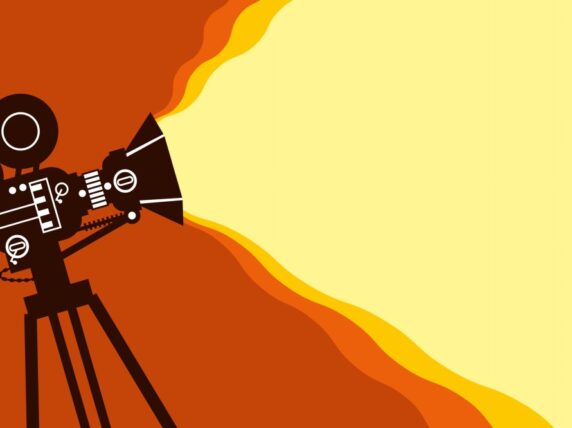Race and representation in NGO storytelling: responses to 5 frequently asked questions
Fighting systemic racism in humanitarian aid and development work is critical, but it will take time and pathways to lasting change are likely to be complex.
The co-chairs of the Bond People in the Pictures Group and panellists from the group’s recent webinar on racial representation in development share their views on why representation is an important place to start and offer some pointers on how to make change happen. Find the full webinar here or read the session notes here.
During the session there were questions raising important points with which the sector is contending and confronting. Here we address some of these questions and provide our thoughts for moving towards better representation in your communications and fundraising.
Q: Development as a practice grew out of the racist “colonial project” of the nineteenth century. This colonial legacy is evident in our sector through “white” people telling “people of colour” how to build their economies and societies. Don’t we have bigger issues to deal with than representation?
A: Yes, we do. Systematic racism in development is much bigger than representation. However, the process of identifying how narratives of white superiority and black inferiority play out in development has the potential to open up discussions on the bigger topics. Issues like power imbalances within partnerships, lack of people of colour in leadership and accountability roles, and biases about who holds knowledge can all be explored when we look at how racialised narratives in development shape our practice.
Identifying what is missing from NGOs’ storytelling can also increase awareness of some of the big issues of racism the sector needs to address. Colonial policy made significant contributions to the poverty and inequality we see in the world today – narratives that acknowledge this legacy are missing from our storytelling. Including this “inconvenient truth” into mainstream development narratives serves two purposes. It uncovers the racism inherent in poverty itself, and points to the active anti-racist approach the development sector needs if we are to successfully tackle poverty.
Representation is a wedge issue in development: it is a way into the messy, meaty issues of systematic racism and white supremacy the sector must face inside our organisations, so we can then tackle it in the real world.
Q: How can an organisation get started telling more authentic stories?
A: Working closely with communities to shape and tell their stories is a great way to ensure authenticity, and bring out the felt needs and circumstances of communities. This includes working with content creators, technical experts, photographers and videographers who understand the local context, and can pick up on any nuances and provide real-time insights that may not be obvious or may be missed out on by “an outsider”.
By doing this, the communities own their stories, and their solutions. And by sharing this from a first-person perspective, organisations build credibility and demonstrate partnership and shared value towards common goals. This way of working also serves to enhance and showcase the capacity of local communication professionals and other technical experts in their respective fields, on a national/regional/global platform.
Subscribe to our newsletter
Our weekly email newsletter, Network News, is an indispensable weekly digest of the latest updates on funding, jobs, resources, news and learning opportunities in the international development sector.
Get Network NewsAmref Health Africa, as an example, has started to explore participatory photography and user-generated content, giving people more control over the way their stories are told. They’re also finding ways to “circle back” to contributors and give them the chance to see, and approve of, their photo in situ. Yes, there is inevitably an imbalance of power between the person taking the photo and the person being photographed: that makes it all the more important to approach it as a collaborative process grounded in a shared understanding of what we’re doing, and why. That requires time – because it takes time to build trust.
Q: Can empowering stories and photos work for fundraising? How?
A: One of the myths of storytelling that puts ethical best practices at the heart of its processes and portrayals is that it doesn’t work for fundraising, particularly individual giving. Here is why that isn’t true.
Firstly contributors often want to tell the same stories that we do: they have experienced hardship first hand and they want people to know about it. If you run an excellent, contributor-focused process when you gather content, you will be doing a lot of the right things, but your imagery might not look that different from a poor content gathering process. The difference will be that the people whose stories you share were a part of the process of shaping those stories and so for them it is an experience of partnership rather than extraction.
Secondly, when contributors get the chance to input they help stories to become in-depth, contain greater humanising and engaging details, and be more authentic. Finally, when you decide to change your portrayal to remove stereotyped stories, and instead show your contributors as fully fledged humans with interests and agency, you can raise as much money, even in modes like DRTV if you are prepared to try new things and test and learn until you get it right.
Q: Occasionally in-country partners or staff will give the impression that processes around fully informed consent or digging for a fuller picture are very “woke” and western. Have you dealt with this kind of reaction, and if so how?
A: It’s entirely possible that attitudes differ between countries and roles. Perhaps some of the problems ethical storytelling tries to overcome – stereotyping, othering – are less pervasive in the stories that teams consume about their own countries. Or maybe non-comms staff aren’t aware of the scale and focus of promotional activity. So can you help people understand the reasons behind what you’re asking?
It can be helpful to frame consent in the context of their work. Is there a consent or counselling process in some of the interventions they support? If so, ask them to consider why: the same logic likely applies to content-gathering activity. In some organisations, ethical content is built into safeguarding processes, which staff take very seriously. That these measures are there to protect the wellbeing and rights of contributors is something everyone can get behind.
Giving partners or staff a better understanding of how content is used could help put the issue in perspective – a national television advert seen by millions showing someone in a vulnerable position has clear implications. Try sharing some of your organisation’s materials with them.
If all else fails, the fact that consent is a legal requirement is difficult to disagree with.
Q: White voice and knowledge in general terms are prioritised in development. In communications and fundraising what effect does this have and how do we manage this?
A: There has been a historic lack of diversity within communications and fundraising in our sector, which has inevitably led to privileging western viewpoints and perpetuating negative stereotypes, outdated forms of representation and “othering”. Given the stories we tell influence public understanding of a given person, situation, community or country, it is vital we constantly work to overcome biases – conscious or unconscious.
Within fundraising communications these issues are especially pressing and persistent, stemming from the need to show both the jeopardy of people’s lives and to ensure stories are inclusive and actively dismantle stereotypes and tokenism. Save the Children approaches this issue, and seeks to close the empathy gap, by including the context and whole story, rather than single elements. This humanises participants rather than objectifying them, and by using a wide range of stories told in original ways we broaden understanding of issues.
By including participants in the story-gathering process, taking their lead rather than imposing our view, and asking contributors to speak for themselves, we ensure stories are authentic.
Category
News & viewsThemes
Communications



